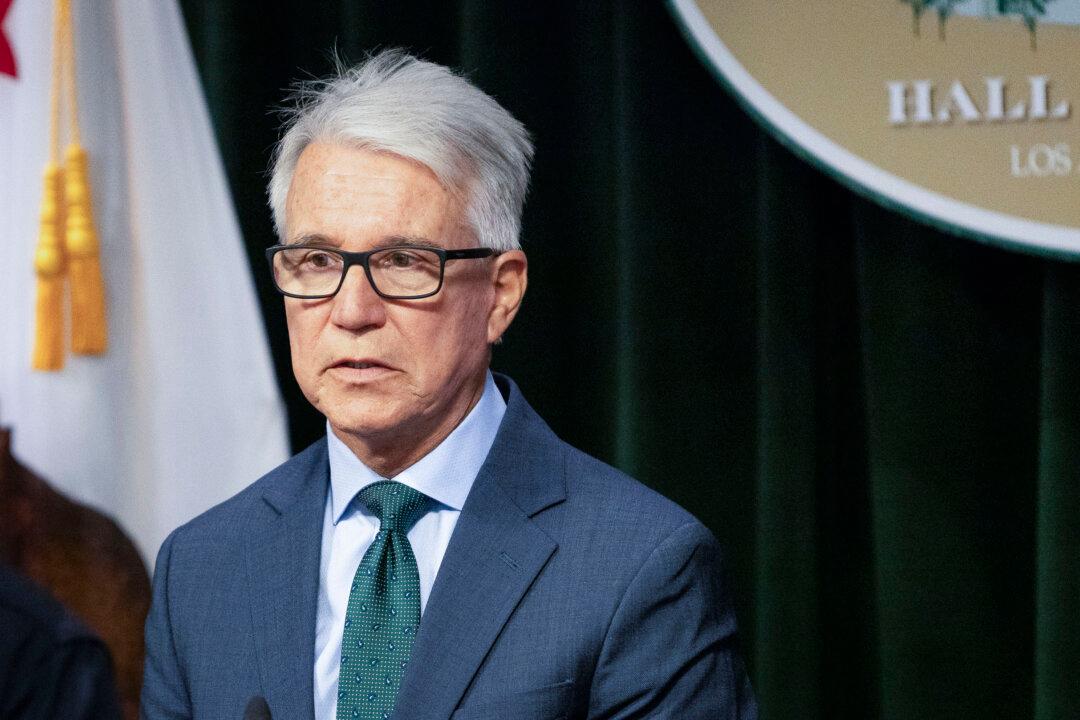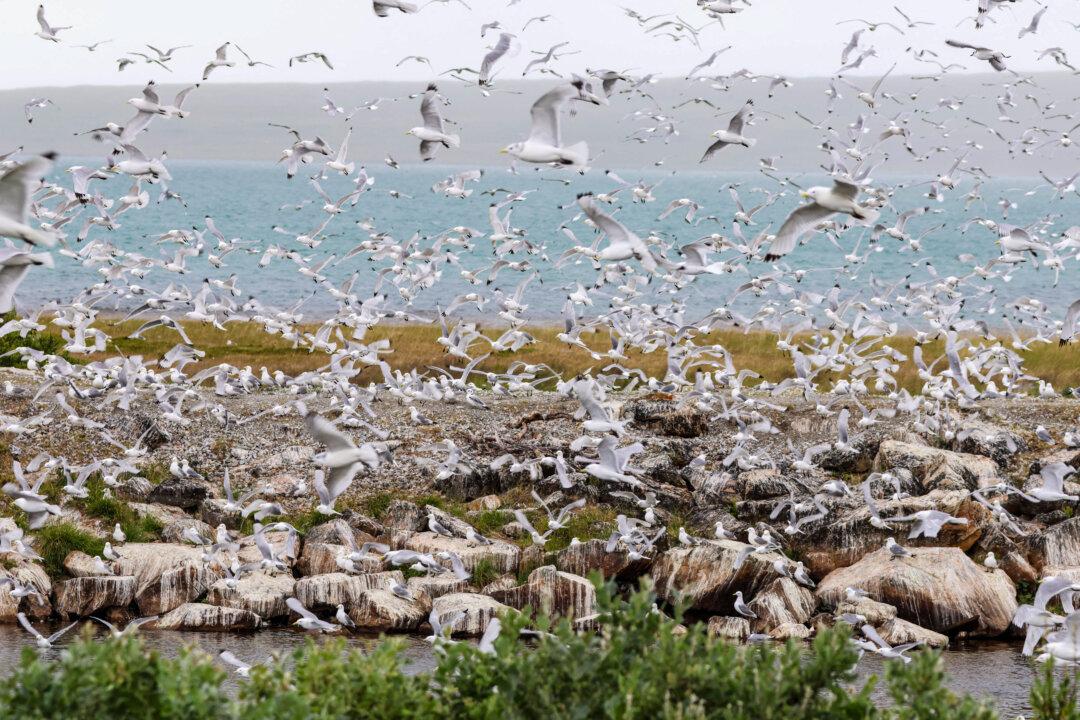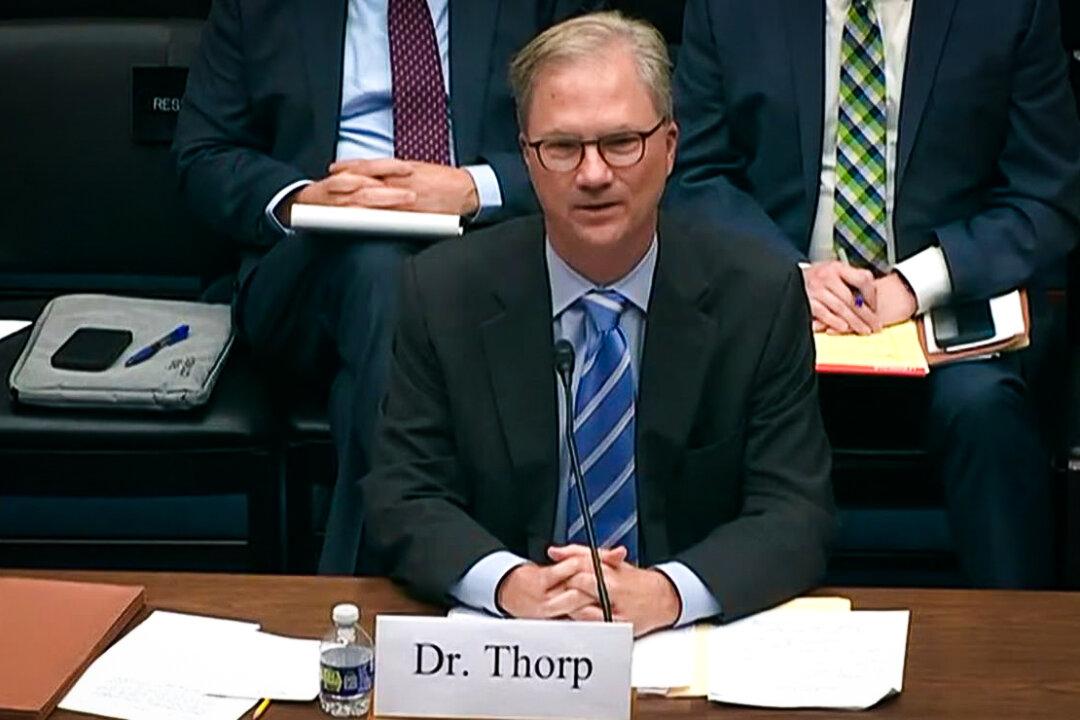Labor Day, one of the national holidays in the United States, is set for Monday, September 1.
The holiday is always the first Monday of September. It gives most workers a long weekend.
The Department of Labor says that the day “is a creation of the labor movement and is dedicated to the social and economic achievements of American workers.”
“It constitutes a yearly national tribute to the contributions workers have made to the strength, prosperity, and well-being of our country,” it adds.
The first Labor Day is thought to have taken place on Tuesday, September 5, 1882 in New York City. About 10,000 workers marched in a parade from City Hall to Union Square. The Central Labor Day Union organized the day.

Miners with their children at a Labor Day celebration in Silverton, Colorado in 1940. (Library of Congress)
The Library of Congress says that carpenter and labor union leader Peter J. McGuire came up with the day and proposed it to the union. They thought it was a good idea and the time period between Independence Day and Thanksgiving was chosen.
The first Monday in September was selected as the day for a holiday in 1884, as originally proposed.
“The Central Labor Union urged similar organizations in other cities to follow the example of New York and celebrate a ‘workingmen’s holiday’ on that date. The idea spread with the growth of labor organizations, and in 1885 Labor Day was celebrated in many industrial centers of the country,” according to the department.

A Labor Day parade on Main Street in Buffalo, New York in 1900. (Library of Congress)
“The character of the Labor Day celebration has undergone a change in recent years, especially in large industrial centers where mass displays and huge parades have proved a problem. This change, however, is more a shift in emphasis and medium of expression. Labor Day addresses by leading union officials, industrialists, educators, clerics and government officials are given wide coverage in newspapers, radio, and television.
“The vital force of labor added materially to the highest standard of living and the greatest production the world has ever known and has brought us closer to the realization of our traditional ideals of economic and political democracy. It is appropriate, therefore, that the nation pay tribute on Labor Day to the creator of so much of the nation’s strength, freedom, and leadership — the American worker.”





Friends Read Free